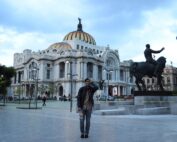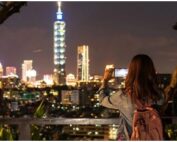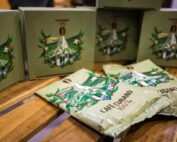Sargassum-free Cuban beaches: Caribbean havens with crystal-clear waters
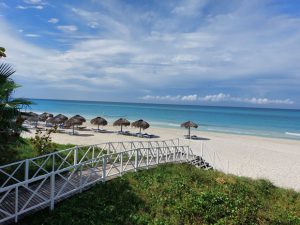
Photo: TTC.
A collaboration by Rachell Cowan Canino
As the Caribbean faces record-breaking sargassum seaweed accumulation, Cuba is emerging as a destination with preserved beaches where visitors can enjoy clear waters and golden sands without the threat of the pesky brown algae. Numerous coastlines in the western and central parts of the island maintain optimal conditions thanks to ocean currents and environmental management strategies.
To understand this environmental phenomenon, it is important to highlight that the massive arrival of sargassum in the Caribbean is linked to climate change: rising ocean temperatures, altered currents, and nutrients derived from human activities. When these algae decompose, they generate hydrogen sulfide, which causes headaches, eye irritation, and impacts marine ecosystems.
Countries like Mexico and the Dominican Republic have implemented containment barriers and intensive cleanup, but Cuba stands out for the stability of its beaches in key areas, thanks to its geographic location and monitoring policies.
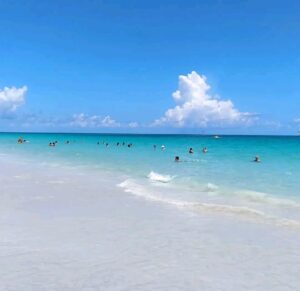
Photo: Social media, Varadero, July 2025
Among these Cuban beaches, Varadero (Matanzas) stands out, the island’s main sun and beach destination. With 22km of white sand, this iconic resort reports minimal algae growth in 2025. Its hydrodynamic profile—protected by the Gulf Stream—deflects sargassum masses eastward. Hotels like the Iberostar Selection Varadero, certified for its sustainability, implement daily monitoring and early waste removal.
A little further toward the center of the island, the beaches of Cayo Santa María (Villa Clara), Cayo Coco and Cayo Guillermo (Ciego de Ávila) stand out for their turquoise waters. These remain clean due to local currents that carry sargassum out to sea. CITMA biologists monitor the water using satellite images to activate rapid cleanup protocols if any approach is detected.
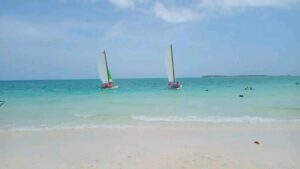
Photo: Social media, Pilar Beach, Cayo Guillermo, July 2025
Meanwhile, the beaches east of Havana (Guanabo, Bacuranao, Mar Azul, among others) are also in a privileged position. After isolated reports in March, management programs reduced the impact. Specialized cleanup and the strategic placement of natural barriers keep these urban beaches operational. Cuba has integrated sargassum management into its Civil Defense Directive 1, classifying it as an environmental risk.
In the far east of Cuba, Guardalavaca (Holguín) stands as a historical and natural treasure. This beach, where Columbus landed in 1492, combines crystal-clear waters and white sand with a coral reef just 100 meters from the shore, ideal for diving and snorkeling. Its location on the northeastern coast benefits from currents that carry away the sargassum, while hotels in the area implement daily surveillance to remove waste in a timely manner.
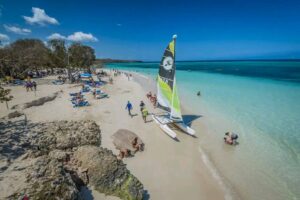
Photo: Social media, Guardalavaca, June 2025
South of the Isle of Youth, Cayo Largo del Sur is home to some of the most pristine beaches in the Caribbean, with 24km of fine sand and turquoise waters. Its Paraíso and Sirena beaches are immune to sargassum thanks to currents that divert the algae offshore, a phenomenon supported by early warning systems. This paradise, accessible only by plane or boat, operates under an ecotourism model.

Photos: Social media, Cayo Largo, July 2025
Tools such as the Official Sargassum Monitoring Map, updated daily with citizen collaboration, allow arrival predictions in several countries in the region. Furthermore, pilot projects in cooperation with environmental associations are exploring sustainable uses of the collected seaweed, from fertilizers to construction materials.
So the answer to the question, “Why choose Cuba?” is clear. While destinations like Cancún rely on “sargassum traffic lights” to redirect tourists, Cuban beaches offer intact biodiversity with coral reefs, premium experiences with hotels in heritage cities that complement the sun and beach offers with culture and history, as well as the absence of health risks from decomposed sargassum and a commitment to sustainable practices.
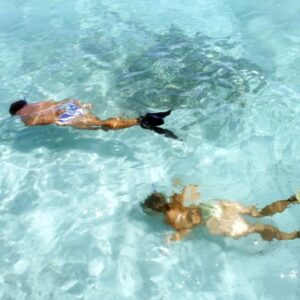
For travelers seeking the authentic Caribbean without ecological disturbances, the island confirms that there are still paradises where the sea remains a sparkling blue mirror.

MORE NEWS



